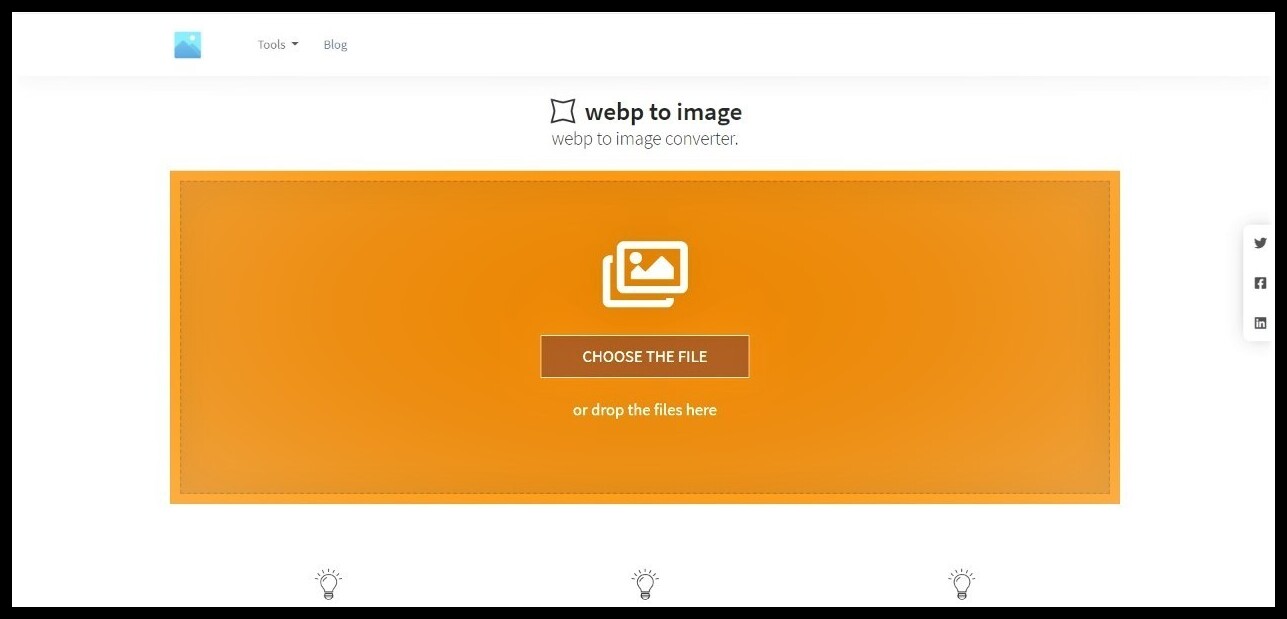HOW TO TURN OFF WEBP IMAGES IN CHROME
Introduction
Have you ever tried to save a JPG file from the web, only to be forced to save it in WebP format by Chrome? If yes, then this is exactly where you should be. We know precisely how frustrating and inconvenient these conversions can be, when unwanted.
According to Google, in contrast to jpg and PNG, WebP decreases image size. It lowers file size by almost 26%, and 34% when compared to PNG and jpg respectively. But at the same time, the WebP format can create many problems.
You can’t open WebP images without using a browser. You also can’t send them through iMessage or edit them in any of the editing applications either. This list can go on forever.
This article will guide you through all the steps that you can take, to save WebP images as PNG or jpg images instead.

Steps to take make Chrome disable WebP format
We should warn you that there is no specific way or method you can follow to disable WebP images. You can’t make Chrome disable WebP images directly. It would only be possible if you omitted the source code’s support. You’d also have to recompile Chromium and install tools specific to Google. But again, that’s not a very doable solution. So, here are multiple options that you can try out.
1. Download an image as a PNG with the “Save Image as PNG” extension
You can try out this Chrome extension. It simply adds a choice to the right-click menu of the browser. This “Save Image as PNG” option lets you download any picture in PNG format instead of the default. What goes on behind the scenes is barely known. But the evidence suggests that the image is converted on the run.
2. Add a “?” after the extension
This is a pretty efficient technique. This can help you to download images in other formats without making Chrome disable WebP formats. Follow these steps one by one- 1. Open the link to the image in a fresh tab or window. 2. Add “?” added after the jpg or, PNG extension. For instance, myimage.com/image51.png? 3. Refresh the page. 4. Instead of WebP, download the file as jpg, PNG, or any other format. In case this doesn’t work, all you need to do is enter any random number after the”?”. Example: myimage.com/image51.png?63
3. Use any free online image converter
Make use of any of the free converter available on the world wide web. These image converters are free and convert the images into your desired format. This is a possible option when the problem you are facing is temporary.

4. Try to block all images
Many extensions let you block images altogether. If neither of the above work for you, you can try installing a developer extension by Chrome and blocking all images. You can download such extensions from Chrome. Doing this will make Chrome disable WebP images and images of all other formats as well.

5. Change the browser you use
The last option you have is to select and use a browser that does not support the WebP format at all. WebP images are only available on Chrome-enabled websites. But regular image formats are available on Firefox and Internet Explorer.
These certain websites examine the browser you’re using and either offer WebP if it’s available or falls back to jpg or PNG if it isn’t.
 So, if none of the above choices works for you, try changing your browser to Internet Explorer or Firefox. However, if you insist on using Chrome, use the User Agent Switcher extension to fake the browser. All you need to do is pick the User Agent of any browser that does not support WebP.
So, if none of the above choices works for you, try changing your browser to Internet Explorer or Firefox. However, if you insist on using Chrome, use the User Agent Switcher extension to fake the browser. All you need to do is pick the User Agent of any browser that does not support WebP.
Conclusion
While WebP images do have many advantages, they can cause a lot of unwanted trouble. Most websites and applications don’t support this format yet. That might make using this format very annoying for us.
It is clear that you cannot directly make Chrome disable WebP images. But in this article, we have summarised quite a few effective measures that you can take. We hope that these tips will come in handy for anyone who needs help regarding this.



